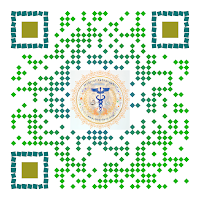Most
DFIs are polymicrobial, with aerobic gram-positive cocci, and especially
staphylococci, the most common causative organisms. Aerobic gram-negative
bacilli are frequently co-pathogens in infections that are chronic or follow
antibiotic treatment, and obligate anaerobes may be co-pathogens in ischemic or
necrotic wounds.
Empiric
antibiotic therapy can be narrowly targeted at aerobic gram-positive cocci in
many acutely infected patients, but those at risk for infection with
antibiotic-resistant organisms or with chronic, previously treated, or severe
infections usually require broader spectrum regimens. Imaging is helpful in
most DFIs; plain radiographs may be sufficient, but magnetic resonance imaging
is far more sensitive and specific.
Osteomyelitis
occurs in 15% of ulcers, and 15% of those will go on to require amputation. Approximately
60% of patients undergoing lower extremity amputation have diabetic foot ulcers
as the underlying cause. Following a lower extremity amputation, the 5-year
mortality jumps to 60%.
Surgical
interventions of various types are often needed, and proper wound care is
important for the successful cure of the infection and healing of the wound.
Patients with a DFI should be evaluated for an ischemic foot, and employing
multidisciplinary foot teams improves outcomes.
The
prognosis for a diabetic foot infection depends on many factors including
vascular blood supply and the presence of neuropathy.

.%20They%20are%20nonblanching%20and%20nonpalpable.%20They%20typically%20occ.jpg)




.jpg)




%20is%20the%20protrusion%20of%20one%20eye%20or%20both%20anteriorly%20out%20of%20the%20orbit.%20Exophthalmos%20used%20to%20refer%20to%20severe%20(18%20mm)%20proptosis.jpg)





